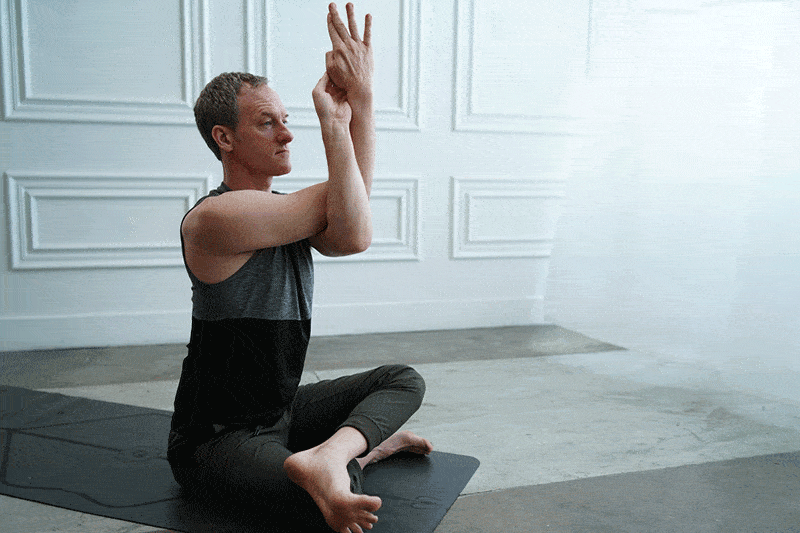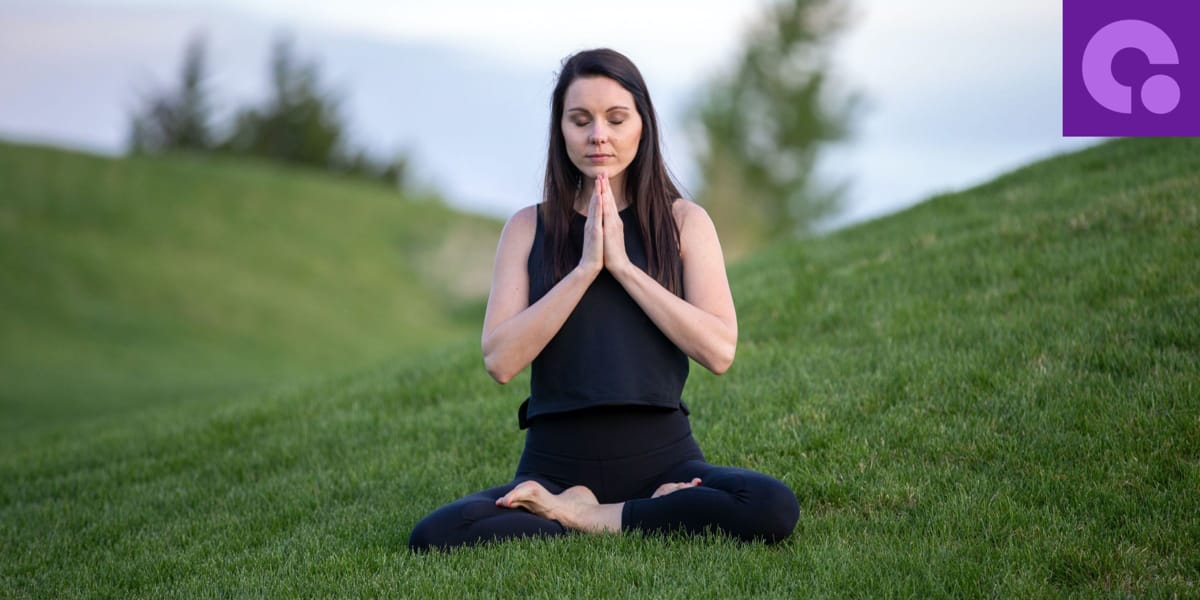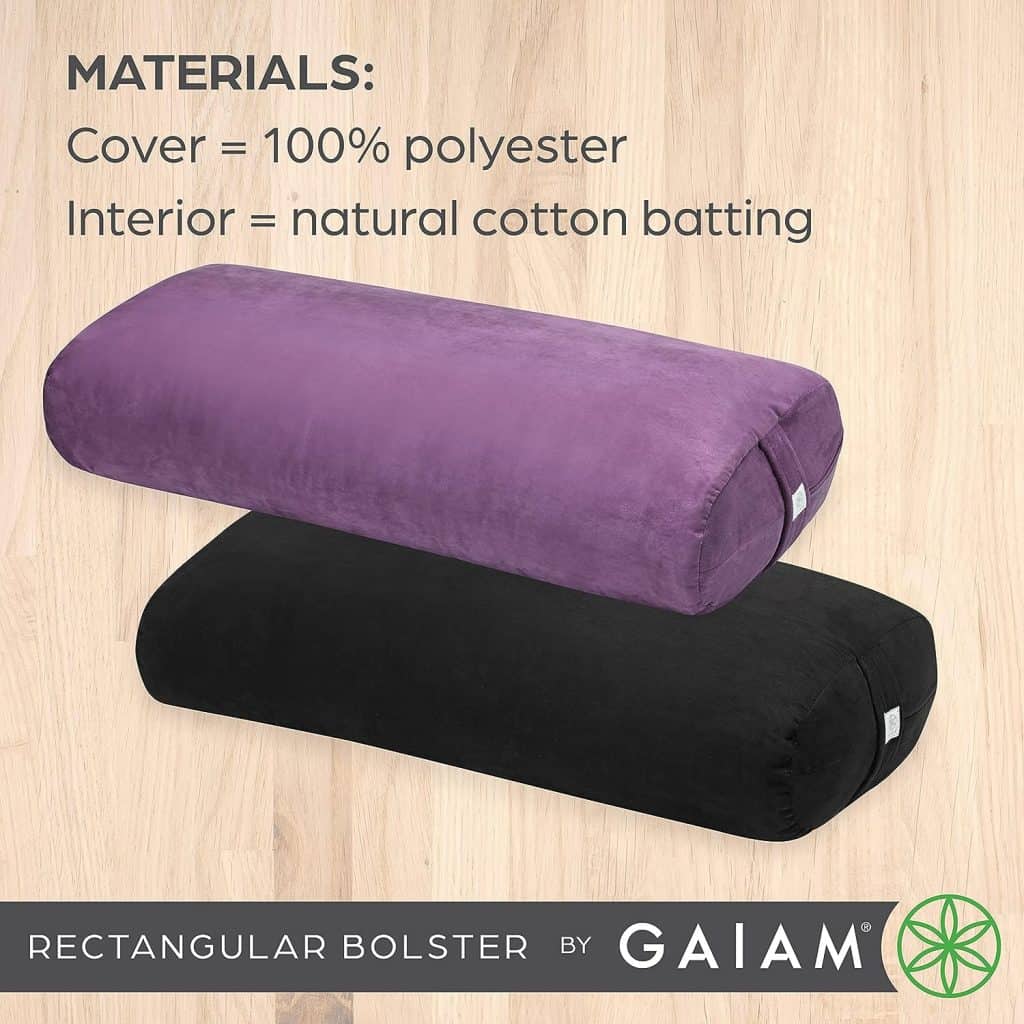Welcome to the world of seated yoga poses! Whether you’re a seasoned yogi or just starting your yoga journey, incorporating seated poses into your practice can bring a sense of balance and serenity to your mind and body. In this article, we’ll explore the benefits of seated yoga poses, provide step-by-step instructions for some popular poses, and answer frequently asked questions to help you deepen your understanding. So, grab your yoga mat and let’s dive in!
1. Benefits of Seated Yoga Poses
Seated yoga poses offer a multitude of benefits for both your physical and mental well-being. Here are some key advantages:
- Improved posture: Seated poses help strengthen your core muscles, leading to better posture and reduced back pain.
- Increased flexibility: Regular practice of seated poses can enhance your flexibility, making it easier to perform other yoga poses.
- Relaxation and stress relief: Seated poses promote relaxation by calming the mind and reducing stress and anxiety.
- Improved digestion: Certain seated poses stimulate the digestive system, aiding in digestion and relieving constipation.
- Enhanced focus and concentration: Seated poses require concentration, which can improve your focus and mental clarity.
2. Seated Forward Bend (Paschimottanasana)
The Seated Forward Bend, also known as Paschimottanasana, is a rejuvenating pose that stretches the entire back of your body. Follow these steps to practice this pose:
- Sit on your mat with your legs extended in front of you.
- Engage your core and lengthen your spine.
- Inhale deeply, and as you exhale, slowly fold forward from your hips.
- Reach for your feet or ankles, or place your hands on your shins, depending on your flexibility.
- Hold the pose for 30 seconds to 1 minute, breathing deeply.
- To release, slowly come back up to a seated position.
The Seated Forward Bend provides a deep stretch to your hamstrings, lower back, and shoulders. It also calms the mind and relieves stress.
3. Lotus Pose (Padmasana)
Lotus Pose, or Padmasana, is a classic seated pose that is often associated with meditation. Here’s how you can practice this pose:
- Sit on your mat with your legs extended in front of you.
- Bend your right knee and place your right foot on your left thigh.
- Bend your left knee and place your left foot on your right thigh.
- Rest your hands on your knees, palms facing up or down.
- Lengthen your spine and relax your shoulders.
- Close your eyes and focus on your breath, staying in this pose for a few minutes.
- To release, gently unfold your legs and return to a seated position.
Lotus Pose helps improve posture, strengthens the back and core muscles, and promotes a sense of calm and inner peace.
4. Seated Twist (Ardha Matsyendrasana)
The Seated Twist, or Ardha Matsyendrasana, is a seated pose that provides a gentle twist to the spine, promoting flexibility and detoxification. Follow these steps to practice this pose:
- Sit on your mat with your legs extended in front of you.
- Bend your right knee and place your right foot on the outside of your left thigh.
- Place your left hand on your right knee and your right hand behind you for support.
- Inhale deeply, and as you exhale, twist your torso to the right, looking over your right shoulder.
- Hold the pose for 30 seconds to 1 minute, breathing deeply.
- Release the twist and repeat on the other side.
The Seated Twist helps improve digestion, stimulates the internal organs, and releases tension in the back and shoulders.
5. Seated Meditation (Sukhasana)
Seated Meditation, or Sukhasana, is a simple yet powerful pose that allows you to find stillness and connect with your breath. Here’s how you can practice this pose:
- Sit on your mat with your legs crossed, placing your hands on your knees.
- Lengthen your spine, relax your shoulders, and close your eyes.
- Take deep, slow breaths, focusing on the sensation of your breath entering and leaving your body.
- Allow your thoughts to come and go without judgment, returning your attention to your breath whenever you get distracted.
- Stay in this pose for 5 to 10 minutes, gradually increasing the duration as you become more comfortable.
- To release, gently open your eyes and bring your awareness back to the present moment.
Seated Meditation helps reduce stress, increase self-awareness, and cultivate a sense of inner peace and tranquility.
FAQs on Seated Yoga Pose
Q: Can I practice seated yoga poses if I have limited flexibility?
A: Absolutely! Seated yoga poses can be modified to accommodate different levels of flexibility. Use props like blocks or blankets to support your body and gradually work towards deeper stretches over time.
Q: How often should I practice seated yoga poses?
A: It’s recommended to practice seated yoga poses at least 2-3 times a week to experience their full benefits. However, you can incorporate them into your daily routine for a quick stretch and moment of relaxation.
Q: Can seated yoga poses help with back pain?
A: Yes, seated yoga poses can help alleviate back pain by strengthening the core muscles, improving posture, and increasing flexibility. However, if you have a specific back condition, it’s best to consult with a healthcare professional before starting any new exercise routine.
Q: Can seated yoga poses be practiced during pregnancy?
A: Many seated yoga poses are safe to practice during pregnancy, but it’s important to consult with your healthcare provider before doing so. They can guide you on modifications and ensure the poses are suitable for your individual needs.
Q: Can seated yoga poses be done at work?
A: Absolutely! Seated yoga poses can be a great way to relieve tension and stress during long hours of sitting at a desk. Incorporate a few poses into your work breaks to stretch your body and refresh your mind.
Conclusion
Seated yoga poses offer a multitude of benefits for your physical and mental well-being. From improving posture and flexibility to promoting relaxation and focus, these poses can be a valuable addition to your yoga practice. Whether you choose to practice the Seated Forward Bend, Lotus Pose, Seated Twist, or Seated Meditation, each pose has its unique advantages. So, find a comfortable spot, take a deep breath, and embrace the serenity that seated yoga poses can bring to your life.
Fun Fact: Did you know that the Lotus Pose is often depicted in ancient Indian art and is considered a symbol of enlightenment and spiritual awakening?
Originally posted 2023-07-30 22:10:30.



